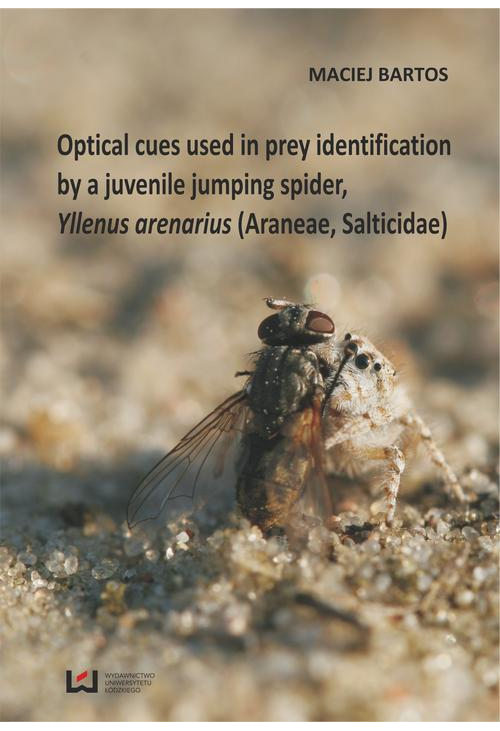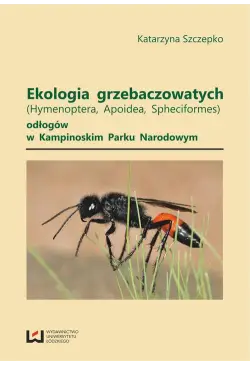
- Za darmo
ebook Optical cues used in prey identification by a juvenile jumping spider, Yllenus arenarius (Araneae, Salticidae)
Odkryj niezwykły świat młodych skakunów i ich fascynujące umiejętności w polowaniu na zdobycz. Ta naukowa publikacja z 2013 roku, autorstwa Macieja Bartosa, wydana przez Wydawnictwo Uniwersytetu Łódzkiego, zabierze Cię w podróż po tajemnicach percepcji wzrokowej pająków z rodziny skakunowatych.
Zanurz się w świecie e-booków i pobierz tę wyjątkową książkę elektroniczną, która odsłoni przed Tobą sekrety rozpoznawania ofiar przez młode skakuny, Yllenus arenarius. Dowiedz się, jakie cechy fizyczne i ruchowe są kluczowe w ich polowaniu, a także jak radzą sobie z ogromną ilością potencjalnych sygnałów wizualnych.
Dzięki temu ebookowi w formacie PDF poznasz intrygujące wyniki badań nad tym, jak młode skakuny klasyfikują i rozpoznają swoje ofiary. To fascynująca lektura dla każdego miłośnika przyrody i entuzjasty e-booków literatury naukowej.
Pobierz teraz swój e-book o percepcji wzrokowej młodych skakunowatych i zanurz się w świecie neuronalnych mechanizmów, które sterują ich zdolnościami łowieckimi. To doskonały wybór dla czytelników poszukujących najlepszych e-booków o przyrodzie i ekologii.
Szczegóły ebooka Optical cues used in prey identification by a juvenile jumping spider, Yllenus arenarius (Araneae, Salticidae)
- Wydawca:
- Wydawnictwo Uniwersytetu Łódzkiego
- Rok wydania:
- 2013
- Typ publikacji:
- Ebook
- Język:
- polski
Recenzje ebooka Optical cues used in prey identification by a juvenile jumping spider, Yllenus arenarius (Araneae, Salticidae)
-
Reviews (0)

Na jakich urządzeniach mogę czytać ebooki?
- Za darmo















@CUSTOMER_NAME@
@COMMENT_TITLE@
@COMMENT_COMMENT@